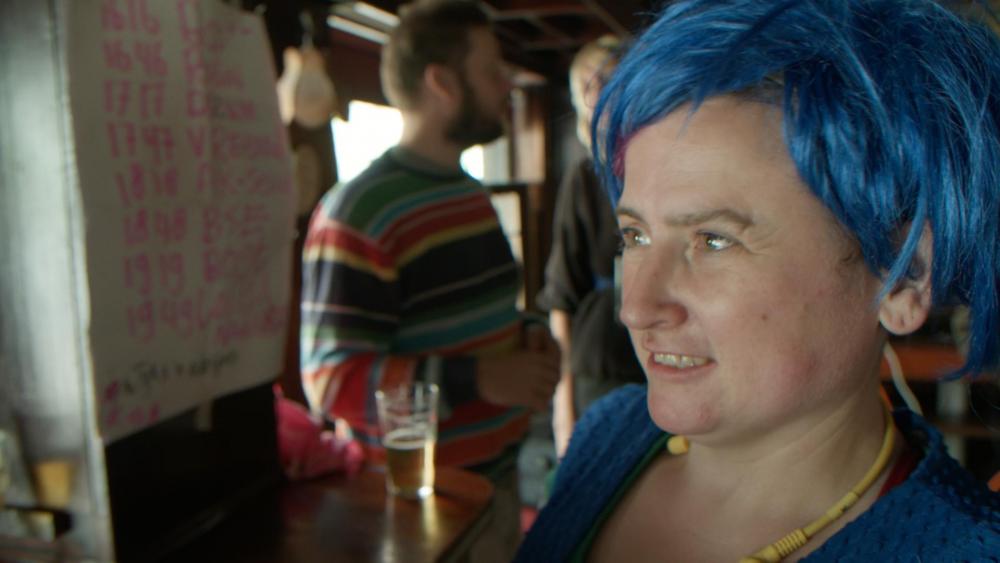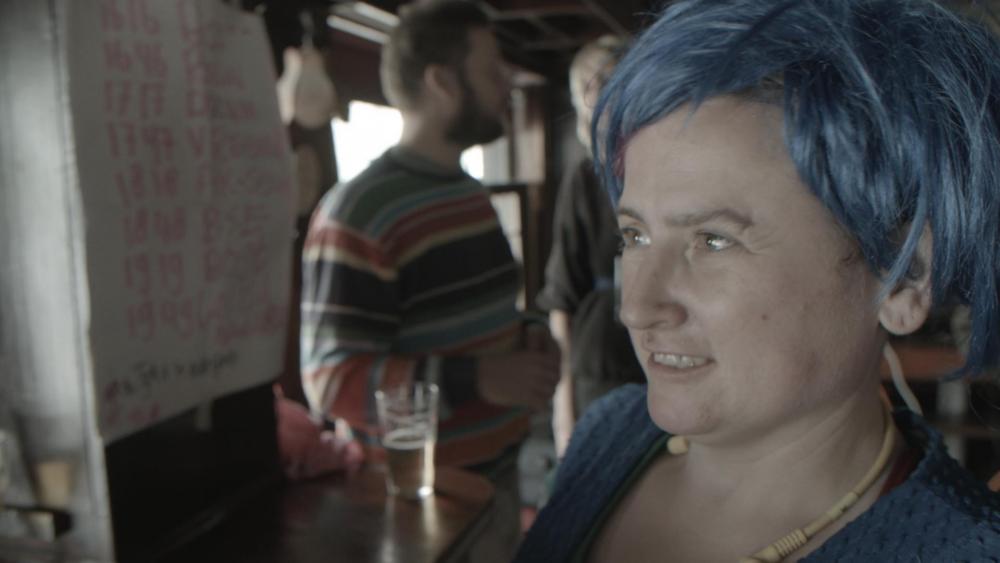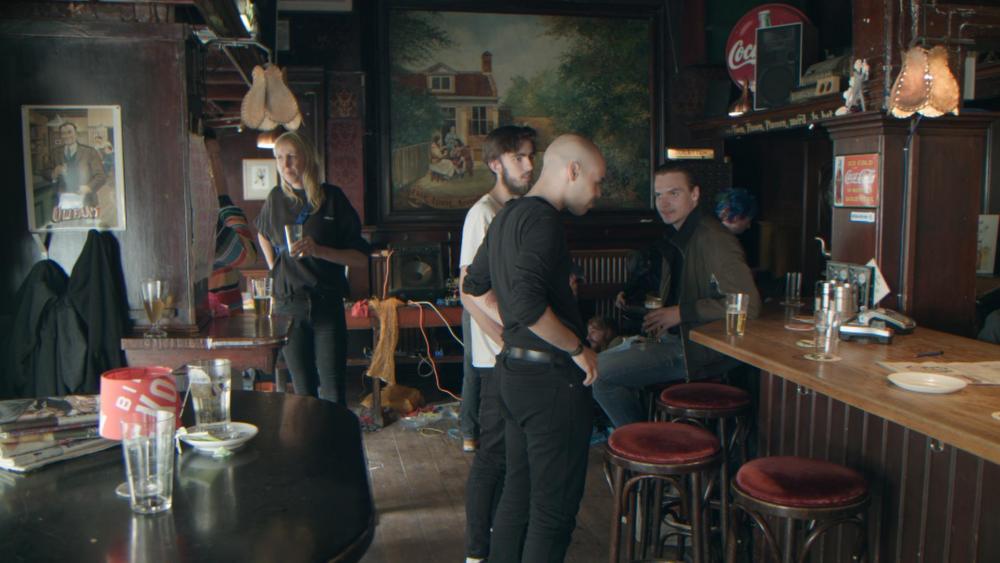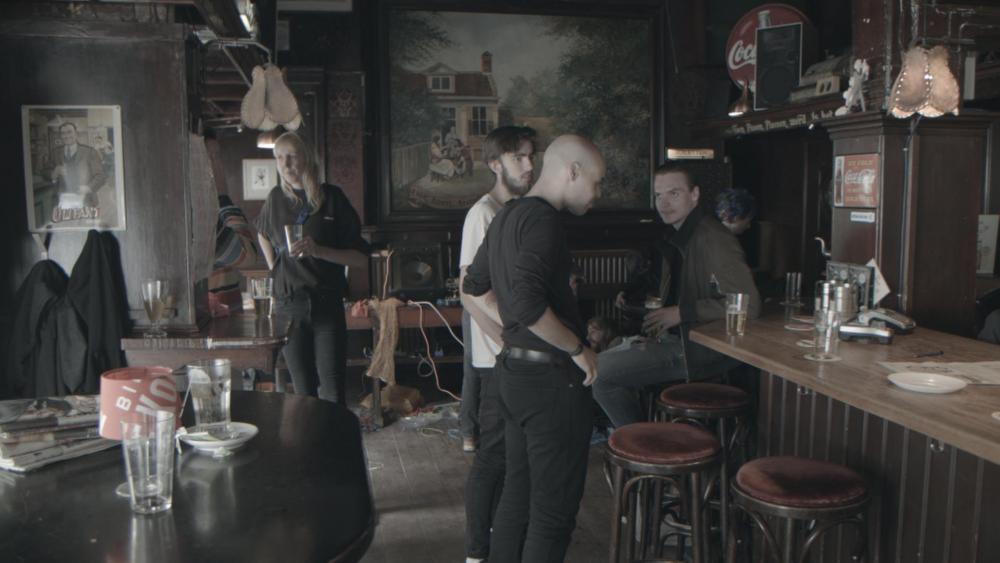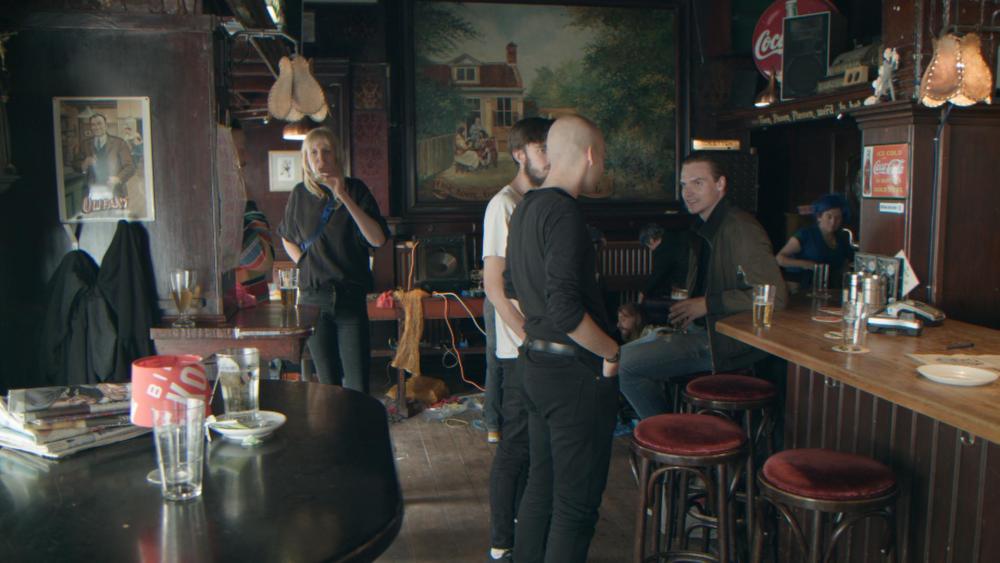
cantsin
Members-
Posts
948 -
Joined
-
Last visited
Content Type
Profiles
Forums
Articles
Everything posted by cantsin
-
You definitely win one stop (in the shadows) with BM cameras when you shoot raw and use high-quality (=Neat Video) temporal denoising in post. You don't get that when you shoot ProRes log with the same cameras.
-
Samsung open to new camera system, joins forces with Fujifilm
cantsin replied to Andrew Reid's topic in Cameras
Up to now, nearly all smartphone manufacturers buy their sensors from Sony or Samsung. This is where Samsung's market for sensors lies. -
Samsung open to new camera system, joins forces with Fujifilm
cantsin replied to Andrew Reid's topic in Cameras
Marketing. It's like calling MFT and APS-C full frame 35mm. If you adapt classical medium format lenses to these cameras, the crop is similar to (or even greater than) that of full frame lenses on APS-C and MFT bodies. -
Samsung open to new camera system, joins forces with Fujifilm
cantsin replied to Andrew Reid's topic in Cameras
68.6%, to be precise. The smallest medium film format, 645, has 2352mm^2, i.e. 172% more surface than 35mm full frame, the more common 6x7 format has 3752mm^2 or 334%. So I stand by my statement that GFX is rather oversized 35mm than medium format. (Actually, it would be 42.5mm film if that existed.) -
Samsung open to new camera system, joins forces with Fujifilm
cantsin replied to Andrew Reid's topic in Cameras
Besides, their "medium format" in reality is just 43.8x32.9mm, a 20% oversize format over full frame 35mm (36x24mm). -
My guess is: 50% less than competing companies like Hawk. Which would place them at $10,000/piece.
-
Given BM's design philosophy (of giving people minimal, but well-working features in a camera, and no auto functions at all - not even for WB, exposure and audio levels), I wouldn't be surprised if they think like you.
-
In the sample screengrabs, the blue hair has 60% saturation in the blue channel, and the sweater in the background 60% saturation in the red channel... With more, you'd be in Technicolor or cartoon territory.
-
It's not a log look, it's a generic, high-dynamic range Rec709 look using Blackmagic's default color science. In the prosumer price range of the BM Pocket, a few cameras can do this (Fuji, Canon and Nikon for example), but only in 8bit without the possibilities of heavily grading/tweaking the image. I posted this footage here because @jonpais was complaining about the over-graded/-stylized BM Pocket footage that he had seen so far.
-
Again, reliable continuous video autofocus with large sensor cameras is not a publicly available technology. So far, only two manufacturers (Canon and Sony) are able to do this with highly proprietary tech. Not even Arri or RED have autofocus is in their cameras. It's simply not a technology that can be expected by a small manufacturer any time soon. People who need this should look elsewhere.
-
Here's a sample comparison between the Rec709 footage (as used in the video / created with Resolve's Color Space Transformation tool) and the original log footage [i.e. CinemaDNG interpreted as Blackmagic Film log]:
-
A situation where you are traveling outdoors or in the so-called Third World where environments are often too dusty to safely change lenses.
-
BMD's cameras do not have continuous autofocus, only very rudimentary push autofocus (so that lenses without a focus ring can be used at all).
-
This is all based on patent exchange contracts between Canon, Sony and Samsung. Companies like BM likely won't have access to that technology before the patents expire.
-
Besides, you need the Studio version of Resolve to edit the 4K DCI files from the Pocket 4k. Unlike with the old Pocket, the free version will not be enough. And Resolve is AFAIK the only editing program that can open the camera's 3:1 and 4:1 compressed RAW files. (I still predict a rude awakening for many first-time buyers of a BM camera who might have underestimated the practical necessity of a Resolve workflow, the computer hardware you need for editing 4K RAW, and the cost of recording media.)
-
DPAF is a patented, highly proprietary technology to which Blackmagic has no access. (Just like IBIS.) One should not forget that BM is a video electronics company whose cameras are essentially just ProRes/RAW field recorders with a lens mount.
-
As I wrote further above, my bad - I'd wrongly remembered the original Pocket to have been specified with 14 stops. So, in reality, BM claims that the Pocket 4K will have the same dynamic range as its predecessor.
-
You are right - my bad! I had wrong numbers in my head m
-
I was referring to vertical resolution (720p vs. 1080p) in the posting that you quoted - so actually, we're saying the same thing. The 13 stops specification for the Pocket 4K refers to RAW and log capture. But dynamic range specifications in f-stops are rather unscientific anyway since they leave a lot of room for interpretation. (For example: If the lowest stop in the shadows is 99% noise and 1% signal, do you still count it or not as one stop dynamic range?) Nevertheless, these values tell something when they are given by the same manufacturer and differ between two camera models. Since BM specifies the Pocket 4K with one stop less DR than the old Pocket, it is safe to assume that it also will have one stop less DR in reality. [A rather logical consequence of smaller sensor pixels with lower full-well capacity.]
-
The image of the old Pocket still has two weaknesses: moiré - if you watch the video carefully and in full resolution, you see it everywhere; resolution - with a native 1920x1080 Bayer sensor, the camera realistically just produces an optical resolution of about 720p. There are third-party OLPFs for the old Pocket that greatly reduce - but not eliminate - moiré, but they lower resolution even more. There's a chance that the 4k sensor of the new Pocket alleviates moiré with high-resolution lenses. No doubt the camera will produce excellent 2k/1080p when downsampling its footage in post. But it doesn't have an OLPF either, unlike the GH5s (which likely has the same sensor), so I'm afraid that moiré will remain an issue. A collerateral damage of the Pocket 4K's smaller sensor pixels will be dynamic range. Blackmagic advertises it as one stop less than the old Pocket. (And another question is whether using the camera at its second native ISO of 2500 will mean the loss of yet another stop of DR.) For the video that I posted here, this would have meant that the windows would have been completely blown out in all shots against the light.
-
How did the DVX100 hack work exactly? It wasn't just a modified firmware but involved modifying the camera hardware? So it was only offered by one specialized company as a hardware modification - and that company has gone out of business? So, in other words, in order to obtain a hacked DVX100, one would have to look at the second hand market for models whose owners had their camera modified?!?
-
Actually, I just realized that the h264 encoding with ffmpeg introduced a hue shift and degradation of tonality. Re-encoded with Adobe Media Encoder, and now colors are as they should have been. https://vimeo.com/275573258
-
What Canon seems to get right is not only the colors but - just as importantly - a video image that is not overprocessed (like, IMHO, that of Sony and Panasonic mirrorless cameras). It doesn't seem to be artificially sharpened, and there's no aggressive noise-filtering either. Can't wait for the 4K video feature to trickle down to all Canon consumer mirrorless cameras, particularly the successor of the current EOS-M100 [which is just a fantastic always-with-you street photography camera].
-
To reply to your post 20 pages later: The main problem is that people overdo grading because the camera allows it, just like people overdid shallow depth of field when DSLR video was new. I just recorded a little concert video with the old BM Pocket that sticks to Blackmagic's default color science for the camera. For the most part, it doesn't have any color correction at all. In maybe 30 seconds (of the half hour video), there are slight gamma or gain adjustments, only for exposure, not of tints. The equipment and workflow were as follows: Old BM Pocket with 0.58x Metabones Pocket Speed Booster + Nikon-mount Sigma 18-35mm/f1.8 + Marumi IR cut filter + Ohrwurm binaural mic (connected to the camera, so all audio was recorded in-camera) + chestpod for camera stabilization; Everything shot handheld with manual focus + exposure, some shots stabilized in Resolve; Codec: CinemaDNG Raw, 24p, 172 degree shutter (some shots at the end with 360 degree shutter), at the camera's native 800 ISO. Most shots were shot with wide open aperture because of the light conditions. (I actually wouldn't have minded deeper DoF which would have likely been possible with the new Pocket 4K and its native ISO 2500 setting). All editing in Resolve 15 Beta. White balance set to 4500K uniformly, sharpening to zero, color space set to "Blackmagic Design Film" log. "Blackmagic Design Film" log -> Rec709 transformation done with Resolve's "Color Space Transform" effect. (Works much better for me than using Blackmagic's LUT or setting the color space to Rec709 in the Raw tab, because this function offers Luminance mapping for correctly exposed images; learned this from a video tutorial by Juan Melara.) - In other words: no use of grading LUTs, no manipulation of curves, just the vanilla image of the camera. Rendered out as 12bit DNxHR & converted that to h264 (bitrate: 20Mbit) with ffmpeg/x264. In the video, you see that the shooting conditions were a mix of good and bad: One the hand, there was nice daylight through the pub's big windows. On the other hand, a lot of mixed light (tungsten + daylight) and lots of shooting against the light with a heavily backlit subject. (Didn't use any color/gamma correction in post, but tried to expose for the subject, accepting blown-out highlights.) What you see in the video is a rather unprocessed image that is as closed to the native image of the camera as it gets. Which also means: All chromatic aberrations of the lens are in plain sight (while an MFT system camera such as the GH5 would have electronically filtered them out with MFT system lenses), and so is the sometimes heavy moiré that the camera produces, in particular with super-sharp lenses like the Sigma. I'll leave judgment of the image quality - with all the points that Jon mentioned: resolution, shadow detail, highlight roll-off, skin tones, color rendering, cohesiveness, dynamic range - to the forum. [And expect the BM Pocket 4K to have similar strengths and weaknesses, only a higher resolution.]
-
Any suggestions for a gui monitor under $450 with these preferences?
cantsin replied to Color Philospher's topic in Cameras
Sounds like you need the BenQ PD2700q (which has a calibrated Rec709 color profile on top of the things you mention).

